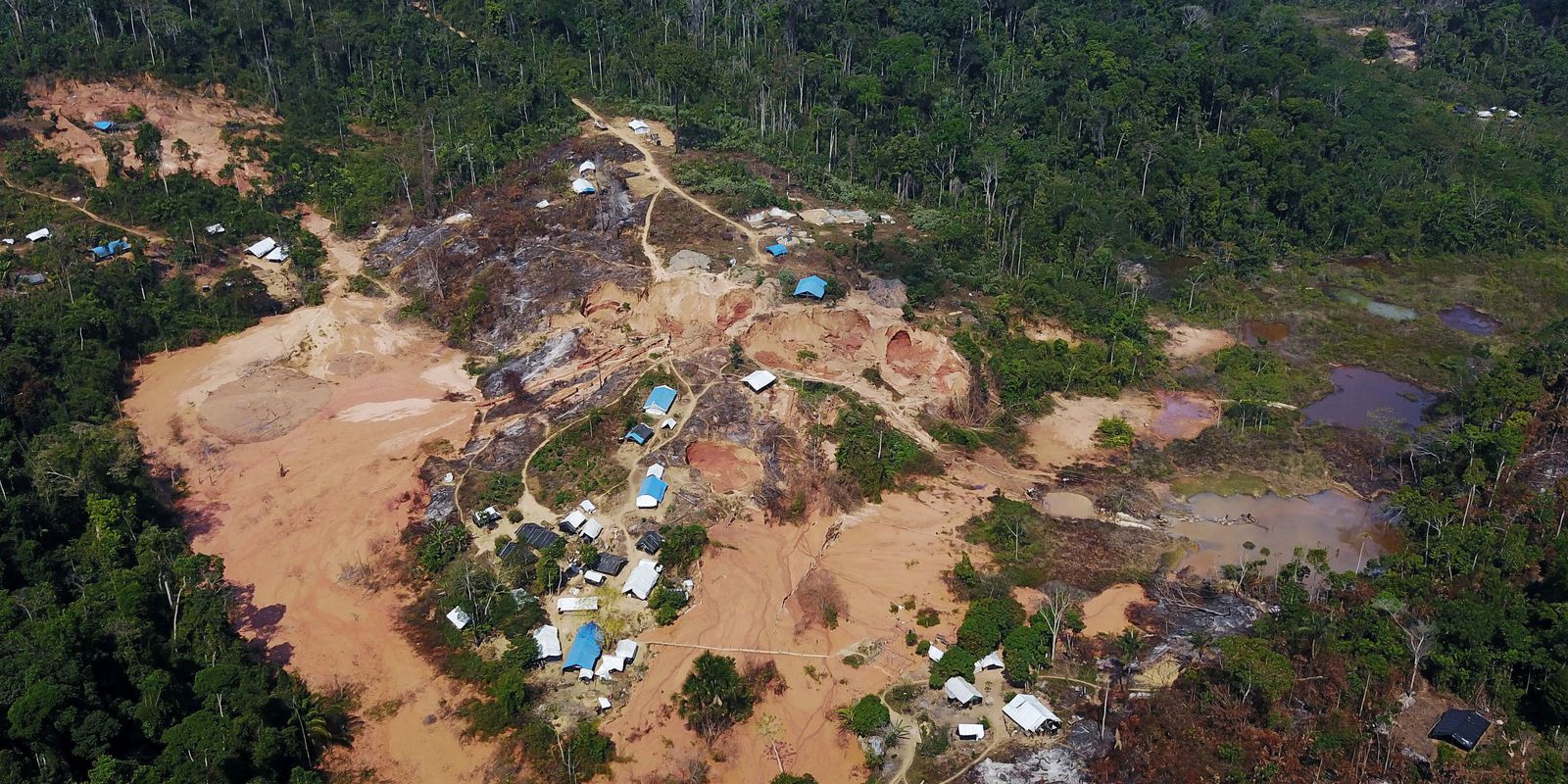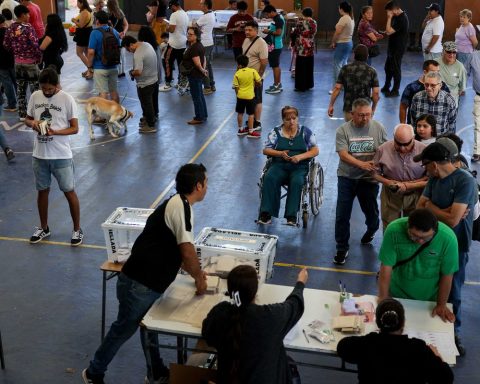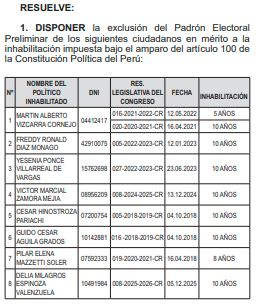Illegal mining on indigenous lands in the Legal Amazon has increased by 1,217% over the last 35 years. From 1985 to 2020, the area affected by mining activity increased from 7.45 square kilometers (km²) to 102.16 km².
According to a study carried out by researchers from the National Institute for Space Research (Inpe) and the University of South Alabama, in the United States, almost all illegal mining (95%) takes place in just three indigenous lands: Kayapó, Munduruku and the Yanomami. The results of the work were published in the journal remote sensing.
To identify the mining regions, the researchers took advantage of data provided by the Project for Annual Mapping of Land Use and Coverage in Brazil (MapBiomas). MapBiomas brings together images obtained by satellites, with a spatial resolution of 30 meters.
One of the limitations of the tool, however, is that, although it is accurate to distinguish forest areas from mining perimeters, it does not serve to recognize, for example, a smaller region, where mining takes place. By the system, it is also not possible to point out rafts used by prospectors. For this reason, the researchers point out that the result may be underestimated and that perhaps the affected area is even more extensive.
preference for gold
The survey also highlights that, in indigenous lands in the Legal Amazon, garimpeiros seek gold (99.5%) and tin (0.5%). Exploitation takes place more strongly in the territory of the Kayapó, who also coexist with the advance of loggers and the steel industry. In this case, it is estimated that, in 2020, the area occupied by miners was 77.1 km², almost 1,000% more than that recorded in 1985 – 7.2 km².
In the Munduruku Indigenous Land, mining activity has intensified since 2016, jumping from 4.6 km² to 15.6 km² in just five years. The same was repeated on Yanomami soil, where illegal mining occupied 0.1 km² in 2016 and rose to 4.2 km² in 2010.
The authors of the study highlight that, in 2018, the Yanomami saw mining exceed the 2 km² mark for the first time and that, since that year, the increase in illegality has generated more invasions and human rights violations.
As post-doctoral researcher Guilherme Augusto Verola Mataveli, from the Earth Observation and Geoinformatics Division at INPE, warns, what usually happens in mining in the Legal Amazon, including in indigenous lands, is that deforestation precedes mining. In other words, signs of deforestation in the forest can serve as an indication for authorities to take action against illegal mining.
The article in English can be accessed here.
*With information from FAPESP Agency















